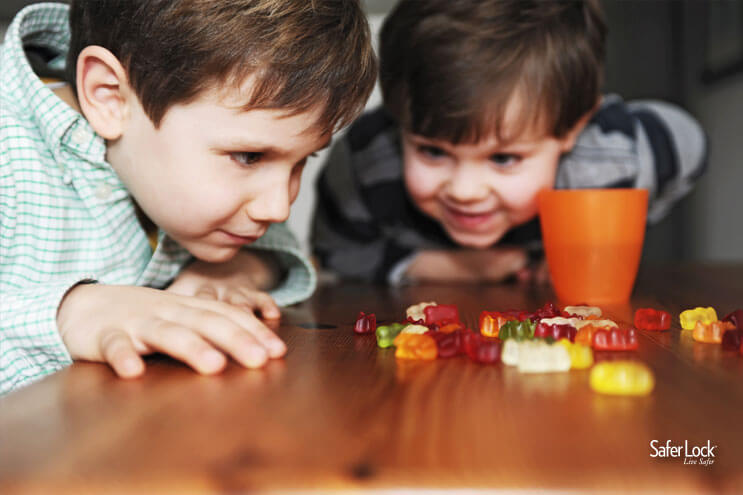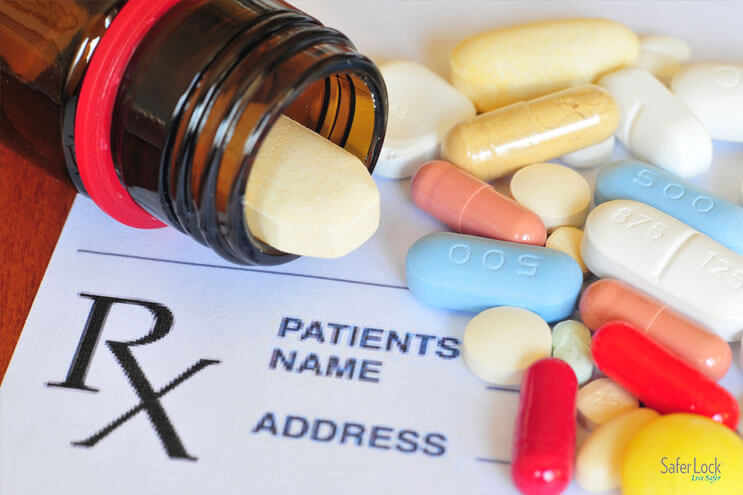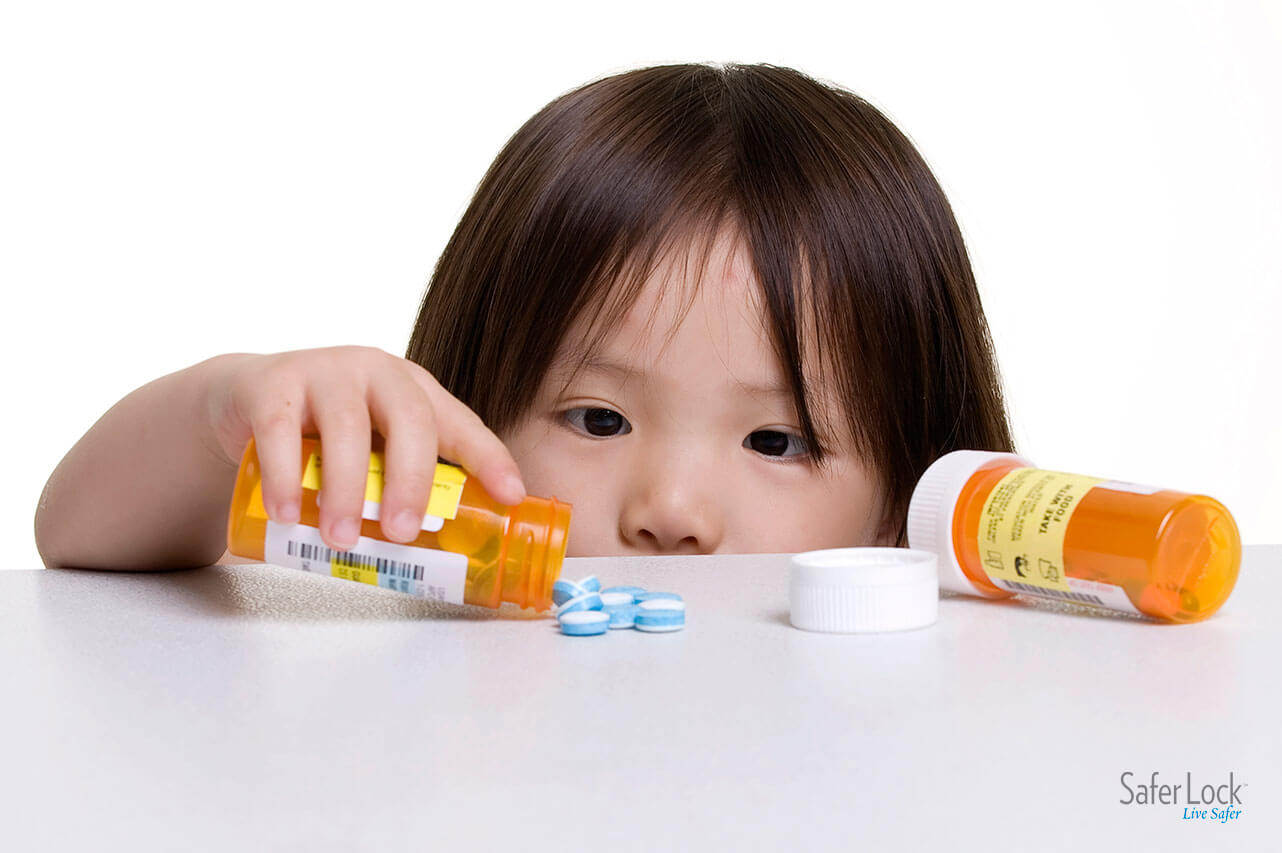A nine year old girl in Albuquerque, NM made headlines recently when she mistook edible marijuana gummies for candy and brought them to school. The 5th grader ate three or four pieces and unknowingly shared the THC gummies with three of her friends before school started.
The girl who distributed the candy was sent to the school nurse after exhibiting “strange” behavior, and the other girls began feeling “sick and dizzy.” One thought she was experiencing food poisoning from the school cafeteria.
Paramedics oversaw the children to ensure their safety, and parents and the Albuquerque Police Department were notified.
As more states are legalizing marijuana, an unintended consequence is unfolding:
As Pot is Legalized, More Kids are Getting Access to Edibles
According to a study in the journal JAMA Pediatrics, more kids are landing in hospitals after getting into their parents’ stashes. And edibles are the main culprits.
The study compared pediatric hospitalizations for marijuana exposure before and after pot was legalized for recreational purposes in Colorado. From 2009 to 2015 CO experienced a 34% increase in kids hospitalized from marijuana ingestion. (Marijuana was legalized for recreational use in 2014.)
CO cases for pediatric marijuana exposure increased significantly and at a much higher rate than the rest of the United States.
When it comes to pot poisoning, the study found the following:
- Median age for child marijuana hospitalization was 2 years old.
- Edible products were responsible for more than half of all exposures.
- In most cases, poor product storage or poor supervision was reported.
The study’s lead author revealed that most children showed symptoms of lethargy and sleepiness, however more extreme cases resulted in respiratory depression or even coma.
Edibles Need to be Locked Up, Just Like Powerful Prescriptions
The Alburquerque 5th grader who unwittingly shared pot gummies with her friends at school is just one of many examples of children who are finding edible marijuana products at home and mistaking them for treats.
And the consequences go even further than sick kids ending up in emergency rooms.
When a 10-year old boy in New York got sick from eating a cannabis gummy candy he found in his father’s vehicle, the father was arrested for child endangerment.
Edible treats, like cookies, brownies, and candies containing THC, can often look exactly like their non-cannabis containing counterparts. A single edible product may contain multiple “doses” – an experienced adult may only nibble on a quarter of a pot brownie or cookie, but a child could consume the entire edible at once.
If you purchase edible marijuana products, it’s crucial to store them properly once you get home. If you have kids, you can protect them from accidentally ingesting your edibles. (Or worse, sharing them with unsuspecting friends or classmates.)
Even if you don’t have children of your own, securing edibles ensures you’re not liable if the child of a neighbor, friend, or family member is exposed to your marijuana-containing products.
States are doing their part to reduce child marijuana exposures. Colorado’s latest laws require edibles be sold in child-proof packaging and be stamped with a universal THC symbol. But when it comes to keeping kids safe, edible users have a role to play once they get their products home.
The Best (and Safest) Way to Secure Edibles
Want to protect your kids, your rights, and your assets? Lock up those edibles.
Think of marijuana-containing products just like you do prescription medications or legal substances, such as alcohol. The best place to store them is out of reach, out of sight, and locked up tight.
Medicine lock boxes, once used primarily for securing potent prescriptions, are now being used by savvy marijuana users to safely secure pot and THC containing products.
Fancy “stash boxes” won’t deter access. But a cannabis lock box will.
The best boxes for securing edibles are made specifically to prevent unauthorized access to marijuana and THC-containing products. Boxes that use a combination locking mechanism ensure that only the person who knows the combination can access the products within, compared to a lock-and-key mechanism.
No matter what type of lock box you choose, a medicine lock box or marijuana-specific lock box, the importance of securing edibles can’t be overstated.
No child should have to go to an emergency room because they innocently ate candy or a treat that they found at home. Keep edibles where they belong, in a lock box that can only be accessed by a responsible adult.




